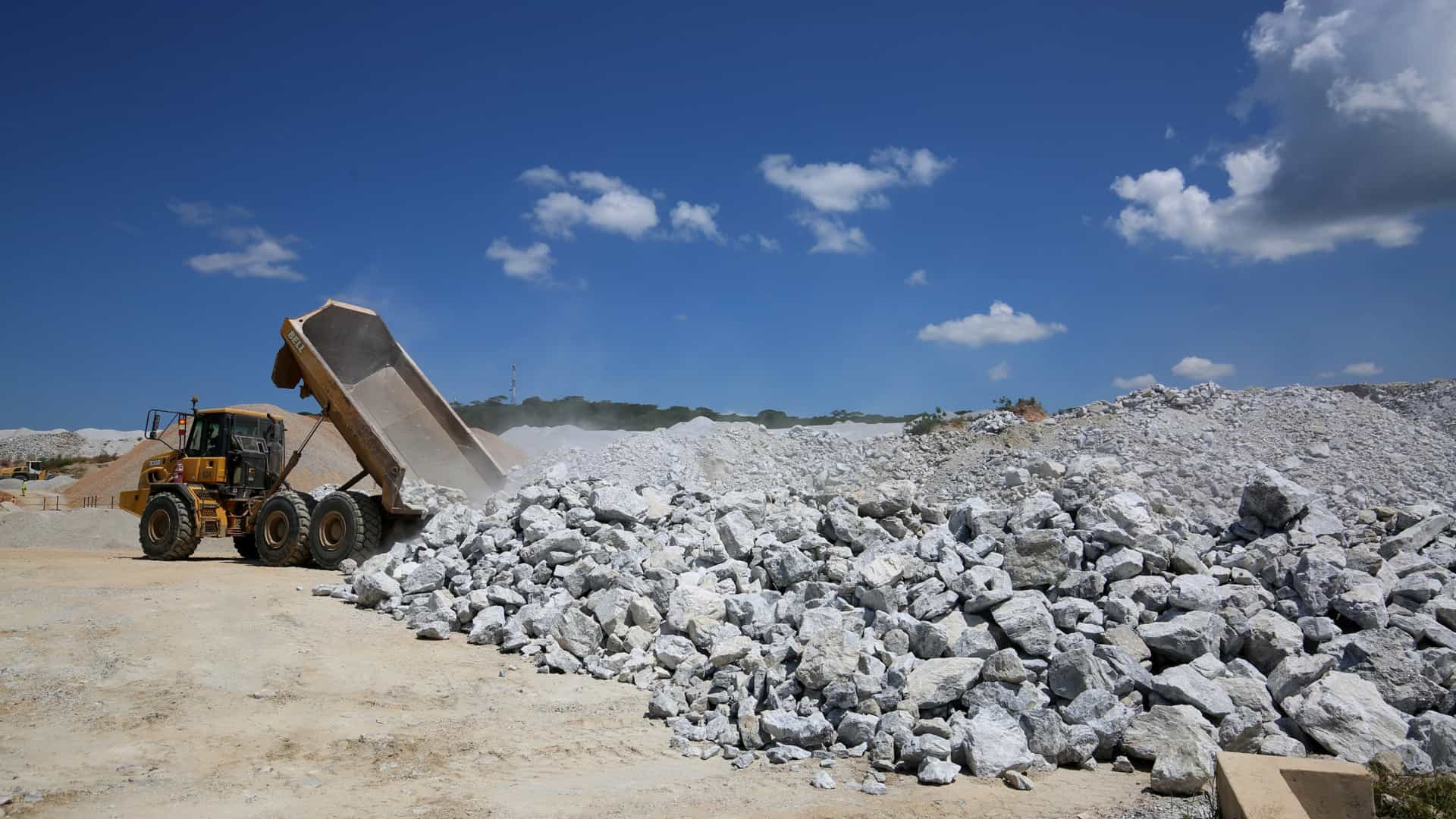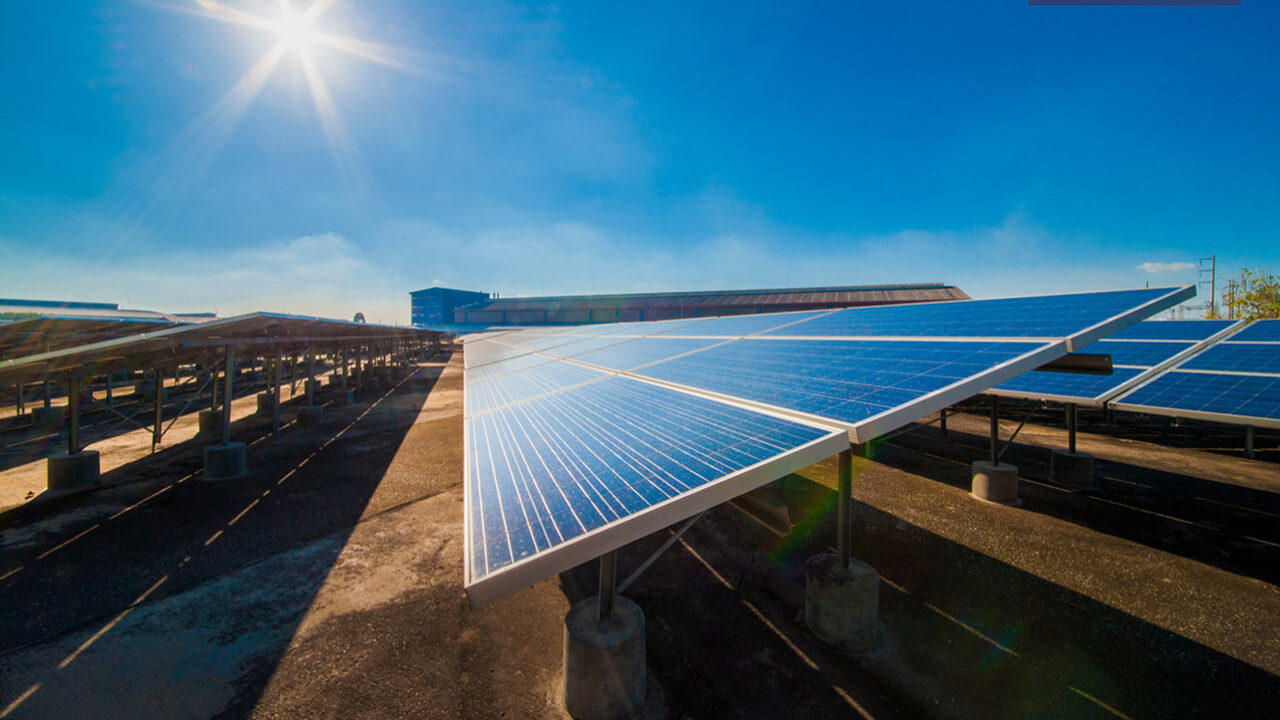Lithium preliminary environmental report identifies ‘some risks’
The report indicates that geological and mining knowledge in the various areas with lithiferous potential is "inconsistent and incomplete", making prospection and research "necessary".
The preliminary environmental assessment report for the Lithium Prospecting and Exploration Programme identified “some risks” in the eight potential areas in the north and centre of the country, recognising even so it is an opportunity for the “decarbonisation of the economy”.
According to the evaluation, the Lithium Research and Exploration Programme (PPPLítio) “is an opportunity for society and the economy to decarbonise the economy and pursue the energy transition strategy.”
“The Lithium working group said that there has been an increase in demand for Lithium driven largely by the importance of this metal, not only in technology, but especially for its use in electric vehicle batteries, and justified by the circumstance that Portugal has geological conditions strongly favourable to the occurrence of Lithium minerals,” it explained.
However, the report indicates that geological and mining knowledge in the various areas with lithiferous potential is “inconsistent and incomplete”, making prospection and research “more relevant and necessary”.
“When the practice of these research activities, for the most part non-invasive, occur responsibly and sustainably, it allows several benefits to be drawn while causing minimal damage to the environment,” it noted.
Among several proposed measures, the document highlights the development of a documentation plan, the implementation of accessible complaint mechanisms to manage potential conflicts, and the promotion of joint monitoring actions of exploration activities between the Directorate General of Energy and Geology (DGEG) and other entities.
For the tender act, the PPPLítio’s environmental report warns to exclude areas of greater urban, functional and demographic intensity from prospecting operations.
According to the document, local suppliers and labour should also be favoured in the different activities, not affecting archaeological or architectural occurrences classified with heritage value, warning that intervention in the subsoil should be minimised in a strip of at least 300 metres around the respective water line.
“Companies carrying out prospection and research should present a water efficiency and protection plan for potentially affected water resources. The best available techniques should be used to minimise possible impacts,” it notes.
The report adds that, from an environmental point of view, “prospecting and exploration may have effects on the quality of the environment particularly concerning the environmental factor water”, but that the “vast majority of activities […] do not generate impacts on water and hydrogeological resources on a local and regional scale”. “[…] If they do exist, they represent a very low risk to the environment and society,” it concludes.
The DGEG on Tuesday placed on public consultation the preliminary environmental assessment report of the Lithium Prospecting and Exploration Program of the eight potential areas for launching a tender procedure until 10 November.
The preliminary environmental assessment report analysed eight areas in the North and Centre of the country: Arga (Viana do Castelo), Seixoso-Vieiros (Braga, Porto and Vila Real), Massueime (Guarda), Guarda – Mangualde (four areas spread over Guarda, Viseu, Castelo Branco and Coimbra) and Segura (Castelo Branco).
The government has decided to go ahead with an environmental impact assessment to allocate rights for lithium prospecting and exploration in eight areas instead of the 11 considered in the initial list.
“In the first phase, sites were listed where lithium deposits are thought to exist [11 zones, as announced in October by the executive], a working basis. Areas with environmental protection status were removed from the initial list,” an official source from the Environment Ministry told Lusa, referring to areas classified as reserves or natural parks.
Lithium prospecting and research aim to discover the existence of lithium mineral deposits, their quantities, and the economic viability of their extraction but exclude areas with environmental protection status or where an environmental impact assessment is already being carried out.
According to the government, the tender for awarding rights to prospect and explore for lithium, after a strategic environmental assessment has been carried out, “will allow for the installation of reference industrial projects and the creation of research and development hubs in the area of batteries.

